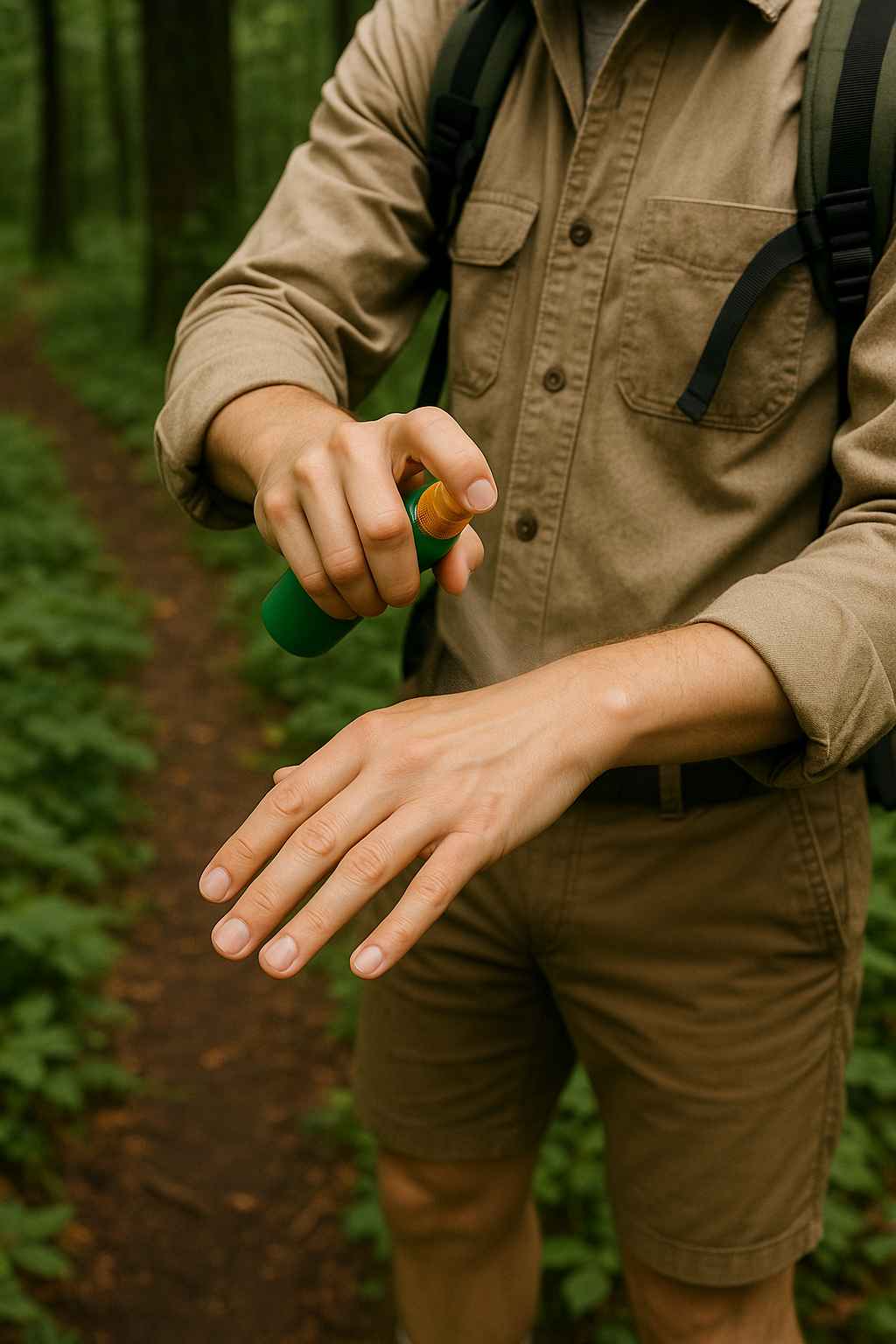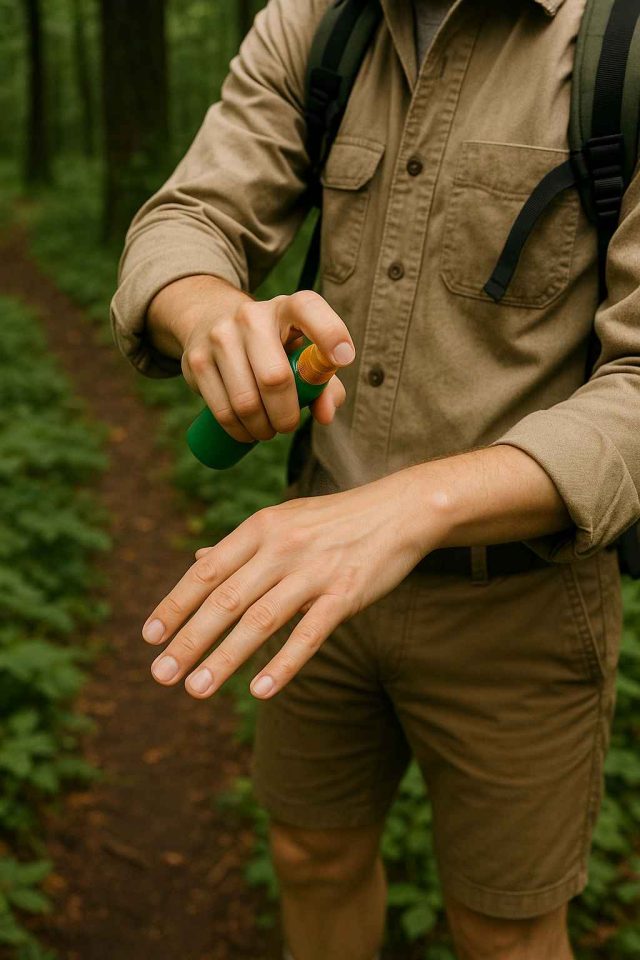
It starts with a walk in the woods, a picnic in tall grass, or a morning spent gardening. Before you know it, an invisible threat has latched onto your skin—a tick. Lyme Disease Prevention isn’t just a seasonal concern; it’s a year-round health priority. But what practical steps can you take today to avoid this growing problem?
Whether you’re an outdoor adventurer or a backyard enthusiast, learning how to guard against Lyme disease is crucial. Fortunately, prevention is within reach—and simpler than you may think.
Table of Contents
- What Is Lyme Disease and Why Should You Care?
- How Ticks Transmit Lyme: Know Your Enemy
- Everyday Lyme Disease Prevention Strategies
- When to Seek Medical Attention for Lyme Symptoms
- Final Thoughts on Staying Safe Outdoors
- FAQs About Lyme Disease Prevention
What Is Lyme Disease and Why Should You Care?
Lyme disease is a bacterial infection primarily transmitted by black-legged ticks (also known as deer ticks). These tiny arachnids often go unnoticed until symptoms arise—by then, treatment becomes more complicated. In the United States, over 470,000 cases are reported annually, making Lyme the most common tick-borne illness.
Symptoms can begin mildly—like fatigue, fever, or a headache—but often escalate to severe joint pain, nerve inflammation, or even cardiac issues. While antibiotics such as doxycycline and amoxicillin are used in treatment, early detection remains critical.
So, if there’s a single takeaway here, it’s this: prevention isn’t optional. It’s essential, especially if you live in wooded or grassy areas, or if you enjoy hiking, hunting, or gardening.
How Ticks Transmit Lyme: Know Your Enemy
Ticks are most active from spring through fall, but in milder climates, they can survive year-round. They attach by crawling up the body—often from the ankles—and latch onto warm, moist areas like armpits or the groin.
It typically takes 36–48 hours of attachment for an infected tick to transmit the Borrelia burgdorferi bacteria. Therefore, early detection and prompt removal are vital.
Nymphal ticks, the juvenile stage, are responsible for most Lyme transmissions. These are the size of a poppy seed and extremely hard to detect. That’s why understanding tick habitats and checking your body daily after outdoor activity plays a major role in Lyme Disease Prevention.
Everyday Lyme Disease Prevention Strategies
Preventing Lyme disease requires a multipronged approach—but none of it is overly complicated. Let’s break it down.
Protective Clothing and Smart Behavior
Wear long-sleeved shirts, long pants tucked into socks, and light-colored clothing to help spot ticks more easily. Consider treating your gear and clothes with permethrin, an insecticide safe for fabric but lethal to ticks. It can protect for up to 10 washes.
Avoid walking through tall grasses and brush whenever possible. Stick to the center of trails during hikes, and steer clear of tick-infested leaf litter or wood piles.
Use Effective Tick Repellents
Choose an EPA-approved repellent with one of the following active ingredients:
- DEET (20–30% concentration)
- Picaridin
- IR3535
- Oil of Lemon Eucalyptus
Apply these repellents generously on exposed skin before outdoor activities. Remember, natural products like essential oils may not offer the same protection as clinically tested repellents.
For children, always follow age-specific application instructions. Some products are not recommended for those under 3 years old.
Check, Remove, Repeat
When you return from the outdoors:
- Check your entire body, especially hidden spots like behind the ears, knees, and waistline.
- Shower within two hours—this helps wash away ticks before they attach.
- Place outdoor clothes in the dryer on high heat for at least 10 minutes to kill hidden ticks.
Owning a pet? Dogs and cats are also tick magnets. Use tick control products recommended by your vet and check your pets regularly.
For helpful articles about chronic condition management and prevention, explore top articles at HealingWell.
When to Seek Medical Attention for Lyme Symptoms
Early intervention can prevent long-term complications. So, what should you watch for?
Recognizing the Early Warning Signs
The hallmark of Lyme disease is the “bullseye rash” (erythema migrans). It appears in about 70–80% of cases, typically within 3–30 days of a tick bite. It expands slowly and may feel warm but is usually not itchy or painful.
Other early symptoms include:
- Chills and fever
- Muscle and joint aches
- Fatigue
- Swollen lymph nodes
If you experience these symptoms and suspect a tick bite, consult a healthcare provider. Timely antibiotic treatment is highly effective in the early stages.
You can always visit Healthcare.pro to find qualified medical advice and connect with local professionals.
Late-Stage Lyme and Chronic Issues
If not treated promptly, Lyme disease can progress to affect:
- The heart (Lyme carditis)
- The nervous system (numbness, facial palsy)
- The joints (severe arthritis)
In some cases, symptoms can linger even after treatment—a condition sometimes referred to as Post-Treatment Lyme Disease Syndrome (PTLDS). While the cause of PTLDS remains under study, it reinforces the importance of early detection and prevention.
Final Thoughts on Staying Safe Outdoors
Lyme Disease Prevention is about more than avoiding tick bites—it’s about staying informed, developing smart habits, and acting quickly when needed. With simple precautions like repellents, proper clothing, and routine checks, you can dramatically reduce your risk.
The best way to enjoy nature is safely. And while no method is 100% foolproof, combining multiple strategies offers your best defense. If you’re passionate about health education or interested in how healthcare websites spread awareness, consider exploring eHealthcare Solutions, a leader in digital healthcare marketing.
FAQs About Lyme Disease Prevention
How long does a tick need to be attached to transmit Lyme disease?
Typically, a tick must be attached for 36–48 hours to transmit the Lyme-causing bacteria. Prompt removal can prevent infection.
Can you get Lyme disease in the winter?
Yes, though it’s less common. Ticks are less active in freezing temperatures but may still be found in warmer microclimates like leaf piles.
Are there vaccines for Lyme disease?
Currently, there is no widely available vaccine for humans. However, clinical trials are underway and show promise.
Do pets increase the risk of bringing ticks indoors?
Yes. Pets can carry ticks into the home. Use tick prevention products and check pets regularly, especially after outdoor activities.
What should I do if I find a tick on me?
Use fine-tipped tweezers to remove it carefully, grasping close to the skin. Clean the bite area with alcohol and monitor for symptoms over the next few weeks.
Disclaimer
This content is not medical advice. For any health issues, always consult a healthcare professional. In an emergency, call 911 or your local emergency services.




